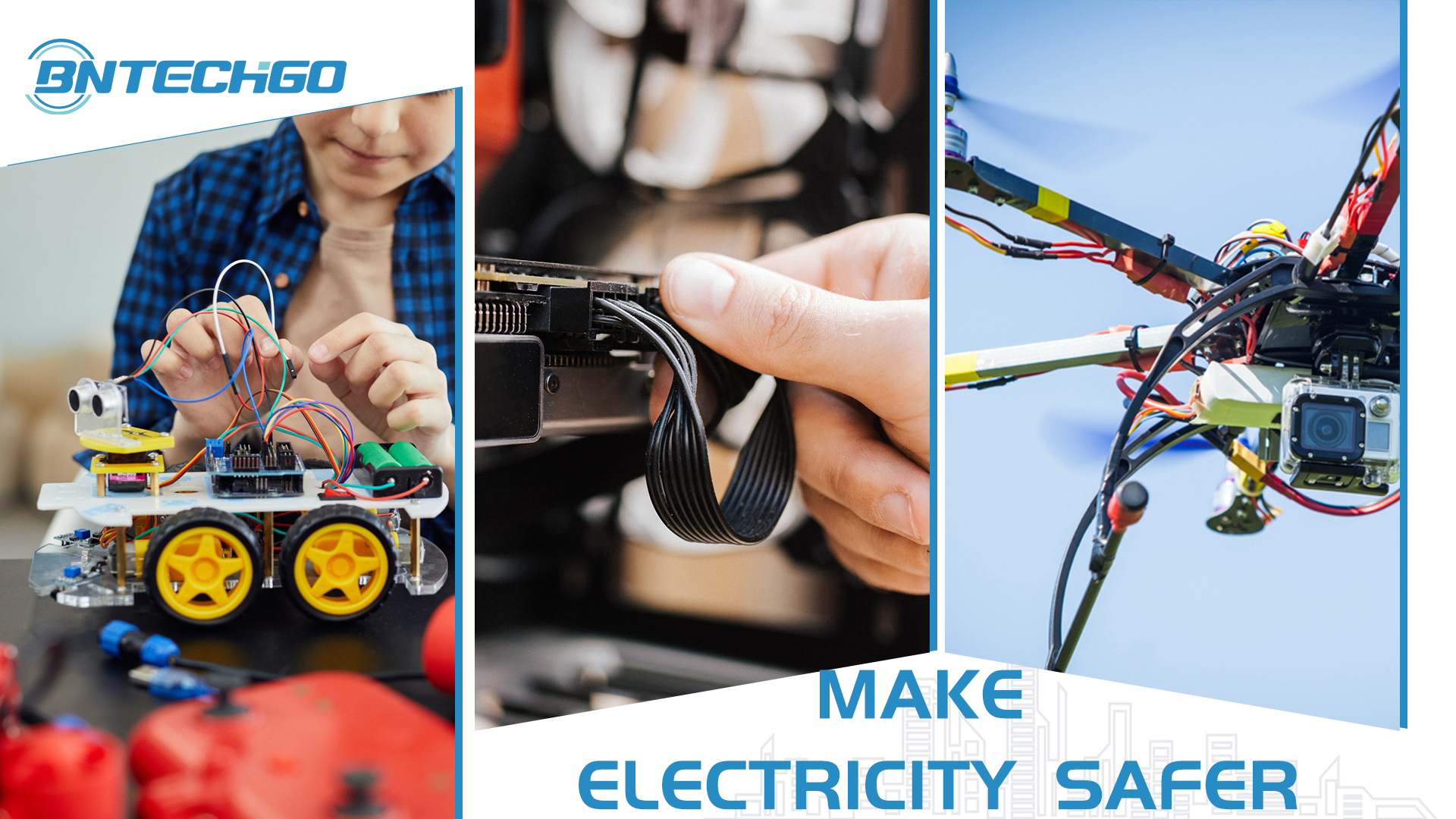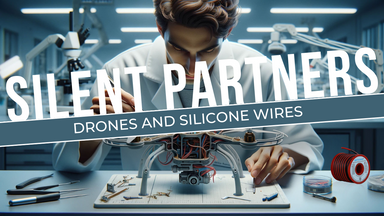Posted by BNTECHGO on 13th Apr 2024
Drones and Silicone Wires: Silent Partners in Aviation Technology
In today's rapidly advancing technological landscape, the swift progress in drone technology marks a significant milestone in modern technology. As drones find wide applications in agriculture, environmental monitoring, logistics, photography, and security surveillance, silicone wires, as a key component, are increasingly proving indispensable in the development of aviation technology. Join bntechgo as we explore the close relationship between drones and silicone wires.
Rapid Development of Drone Technology
In recent years, the rapid development of drone technology has brought disruptive changes to several industries. Drones have become lighter, more efficient, and smarter, not only enabling them to perform more complex tasks but also significantly enhancing operational safety and convenience.
Key Role of Silicone Wires in Drones
Silicone wires, known for their excellent physical and chemical properties, play a crucial role in drone design. Compared to traditional wire materials, silicone wires offer higher flexibility, heat resistance, and weather resistance. These characteristics allow drones to operate normally in extreme weather conditions, while their lightweight nature helps improve flight efficiency and battery life.
Technical Details and Comparisons
Compared to traditional PVC wires, silicone wires show significant advantages in temperature resistance (-60℃ to 200℃), flexibility, and weather resistance. These advantages are quantified through technical parameters and performance metrics such as electrical resistivity, strength, and lifespan. Case studies indicate that silicone wires exhibit superior stability in high-temperature tests and prolonged vibration tests compared to PVC wires, underscoring their importance in drone applications.
Industry Application Examples
From agricultural monitoring drones to urban security patrol drones, silicone wires are used extensively across various sectors. Especially in long-duration flights and complex environmental monitoring tasks, the weather resistance and flexibility of silicone wires enable drones to operate stably in harsh weather conditions. These practical application examples vividly demonstrate the significant role of silicone wires in enhancing drone performance and reliability.
Future Technology Trends and Challenges
Facing future technological challenges, the production and application of silicone wires are moving towards being lighter, more durable, and environmentally friendly. The industry is achieving this through the application of nanotechnology, the development of new eco-friendly materials, and the exploration of 3D printing technology, which are continuously driving innovation in silicone wire technology. Moreover, the industry is actively seeking solutions to challenges such as cost, production efficiency, and environmental impact to achieve sustainable development in drone technology.
Environmental Protection and Sustainability
The efforts of silicone wires toward environmental protection and sustainability, such as using recyclable materials and reducing energy consumption during production, are becoming critical considerations in industry development. This not only highlights the contribution of silicone wires to environmental protection but also reflects the potential harmony between technological innovation and environmental preservation.
Stay in Touch
We hope this blog post has broadened your understanding of the application of silicone wires in drone technology and expanded your knowledge.To learn more about our products and offers, you can reach out to us via email at support@bntechgo.com or visit our website https://bntechgo.com. Additionally, you can follow us on YouTube, Facebook, TikTok, LinkedIn,and Instagram for updates. We look forward to connecting with you.
For article reprints, please cite the source.







